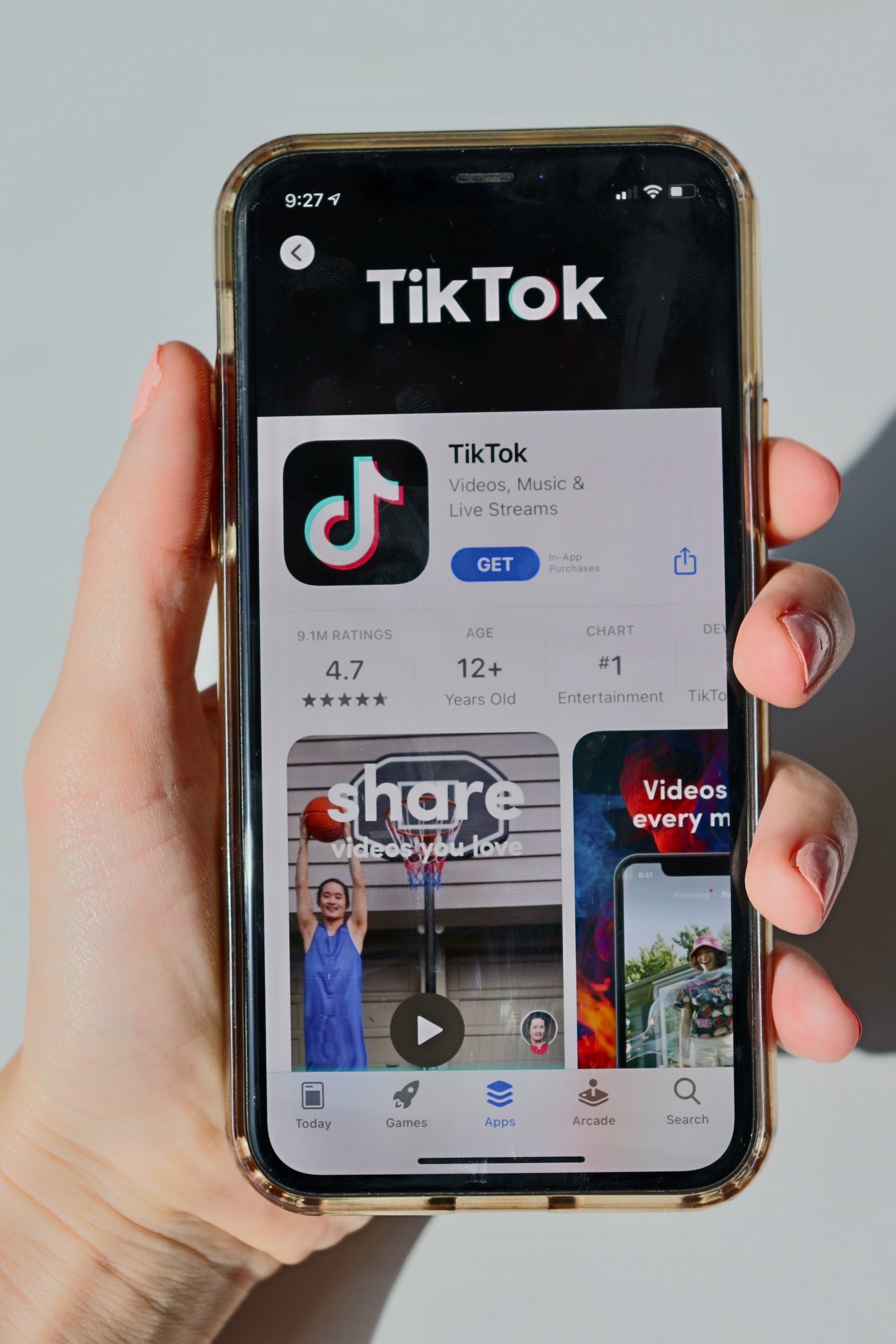TikTok, the wildly popular short-form video platform, has rapidly become a crucial space for businesses to reach younger, digitally-savvy audiences. With over a billion monthly active users, TikTok offers a dynamic platform for brands to engage and connect with potential customers. However, navigating the costs associated with advertising on TikTok can be a complex endeavor. In this article, we’ll delve into the various factors that influence TikTok ad costs and provide insights to help businesses make informed decisions.

1. Ad Formats and Objectives
TikTok offers a range of ad formats tailored to different marketing objectives. These include:
– In-feed Ads: These are short video ads that appear seamlessly in users’ feeds. Pricing for in-feed ads is typically based on cost-per-impression (CPM) or cost-per-click (CPC).
– Branded Hashtag Challenges: Brands can create custom challenges to encourage user-generated content. Costs for these campaigns may include a combination of a challenge fee and advertising costs to promote the challenge.
– Branded Effects: These are special effects or filters that users can apply to their videos. Costs for branded effects can vary depending on complexity and reach.
– TopView Ads: These are full-screen video ads that appear when users open the app. Pricing for TopView ads is usually on a CPM basis.
– Branded Content: Collaborating with influencers or content creators to promote products or services. Costs can vary widely based on the influencer’s reach and engagement rates.
2. Target Audience and Demographics
The demographic you’re targeting plays a significant role in determining TikTok ad costs. Generally, broader audience targeting tends to be more cost-effective, while targeting specific demographics or interests may incur higher costs due to increased competition.
3. Geographic Location
The cost of TikTok ads can vary greatly depending on the geographic location of your target audience. Advertising in high-demand markets such as the United States, United Kingdom, or Canada may be more expensive compared to regions with lower ad competition.
4. Ad Placement
TikTok offers various ad placements, including automatic placements and manual placements. Automatic placements allow TikTok to optimize ad delivery across various placements, while manual placements offer more control. Depending on the chosen placement strategy, costs can fluctuate.
5. Ad Scheduling
Choosing the right time to run your ads can impact costs. Peak hours or days, when user engagement is high, may result in higher CPMs or CPCs. Conversely, running ads during off-peak times may be more cost-effective.
6. Ad Duration and Frequency
The duration and frequency of your ad campaign also influence costs. Longer campaigns or those with higher frequency may require a larger budget to maintain consistency and reach.
7. Creative Quality and Engagement Rates
The quality of your ad creative and its ability to engage viewers can affect costs. High-quality, engaging content is more likely to receive positive user interactions, potentially leading to lower overall ad costs.
Understanding the factors that influence TikTok ad costs is essential for businesses looking to leverage the platform effectively. By carefully considering ad formats, targeting demographics, geographic location, placement strategies, scheduling, creative quality, and engagement rates, brands can optimize their TikTok advertising campaigns for maximum return on investment.
Ultimately, it’s crucial to continuously monitor and analyze campaign performance to refine strategies and ensure that ad spending is allocated efficiently. With the right approach and a well-defined marketing strategy, TikTok advertising can offer a powerful platform to connect with a vast and engaged audience.

